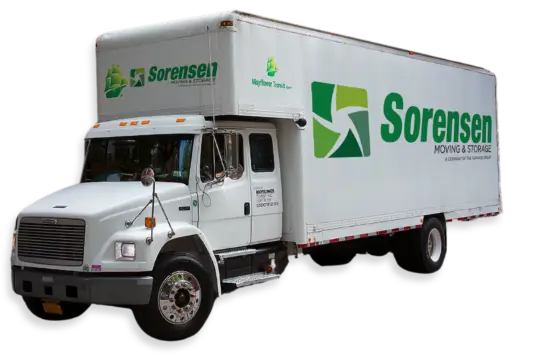Understanding Valuation – Not Insurance
When you move long-distance (interstate) with a professional interstate mover, your belongings are not covered by “insurance” in the traditional sense. Instead, movers provide valuation coverage, which is the carrier’s liability for your belongings if they are lost or damaged during handling.
Valuation is not the same as homeowners’ insurance. With valuation, the moving company is responsible for repair, replacement, or reimbursement (depending on the level of coverage you select). Insurance policies, by contrast, are separate contracts between you and an insurance provider.
Types of Valuation Coverage
1. Full-Value Protection (FVP)
-
The most comprehensive protection option.
-
By default, it is calculated at $6 per pound multiplied by the total shipment weight.
-
If something is lost or damaged, the mover will repair, replace, or reimburse you.
Example: A 10,000-pound shipment would carry a default protection level of $60,000.
2. Released Value Protection ($0.60 per pound per article)
-
The minimum level of coverage required by federal law.
-
Compensation is based strictly on weight, not the item’s actual value.
Example: A $1,200 designer handbag weighing 2 pounds would result in only $1.20 reimbursement.
Why Valuation Matters
Choosing the right valuation coverage is a critical step in protecting your belongings. Without it, the payout you receive in a claim may be only a fraction of the true value of your items.
Items like electronics, designer handbags, artwork, and flat-screen televisions often far exceed compensation under minimum coverage.
Pro Tips for Your Move
✅ Review your moving documents carefully, ask your move coordinator about your options, and make sure the valuation section of your Bill of Lading (BIL) is completed properly.
✅ Use this Mayflower’s Valuation Checklist (PDF) to ensure you’re covered.
✅ Explore Mayflower’s Know Your Rights Brochure.
✅ Review the FMCSA Ready to Move Brochure.
🔑 Key Takeaway: Valuation isn’t insurance, but it’s your safeguard against the unexpected. Choosing the right level of protection ensures peace of mind on moving day.



